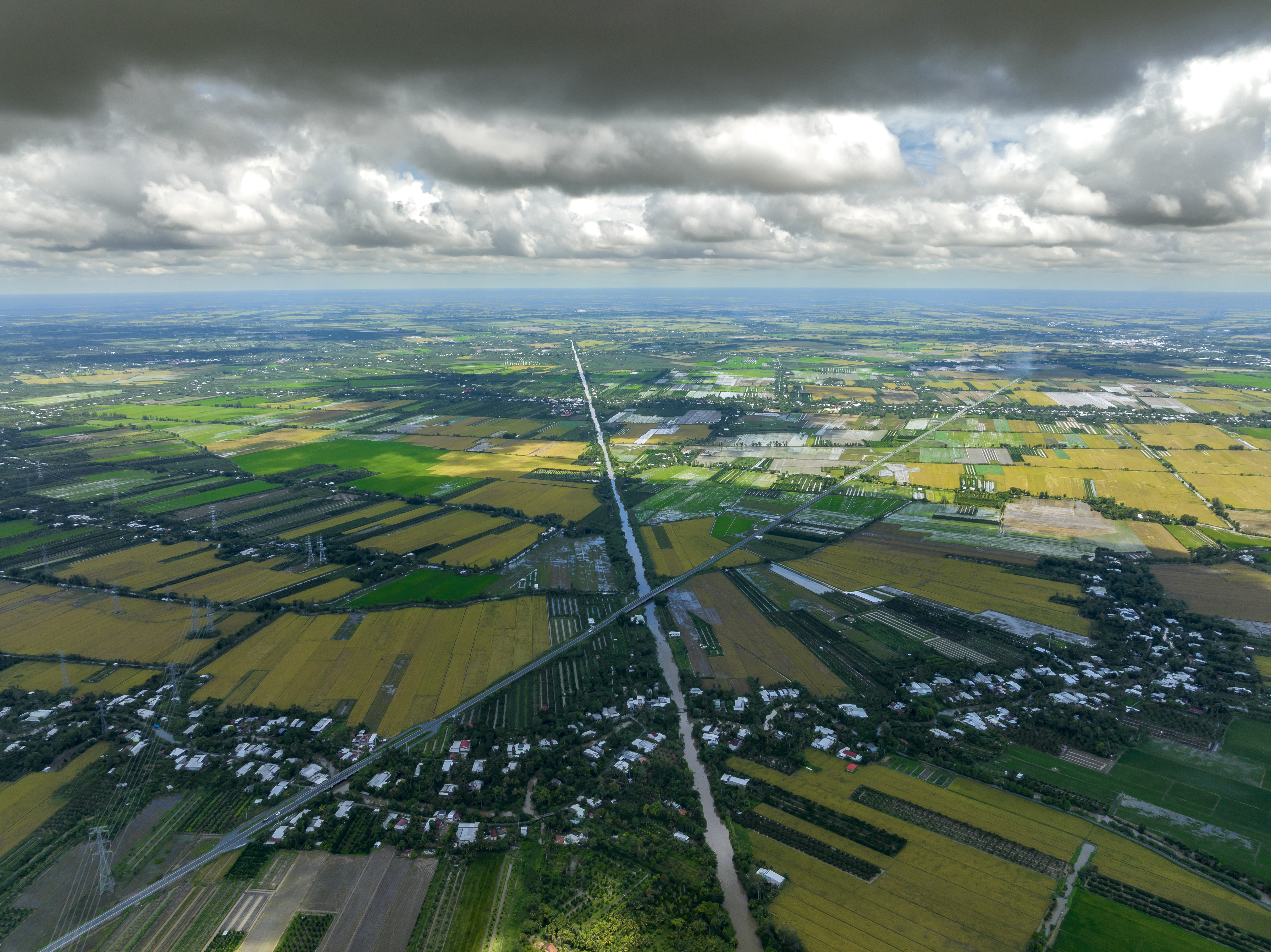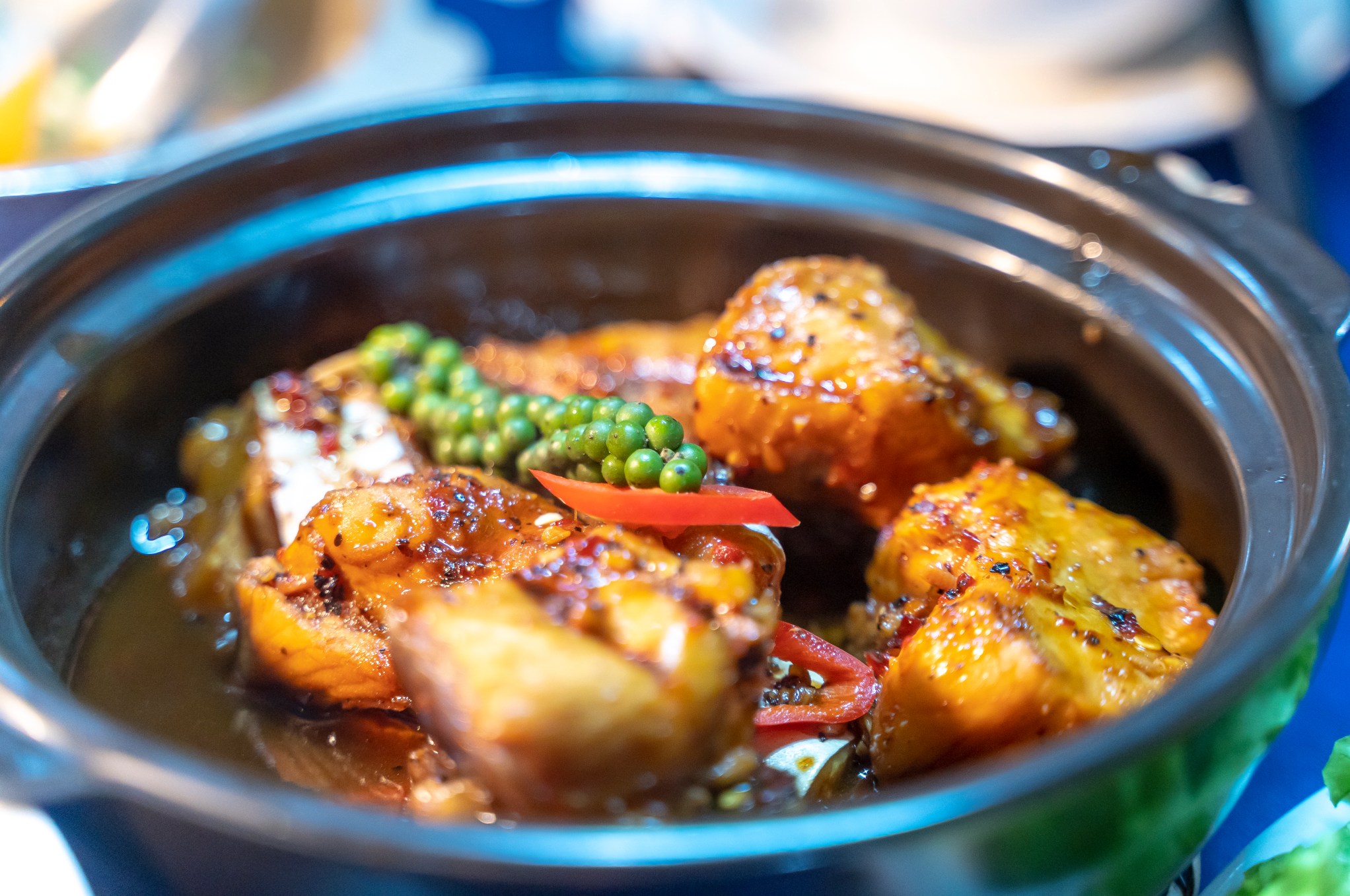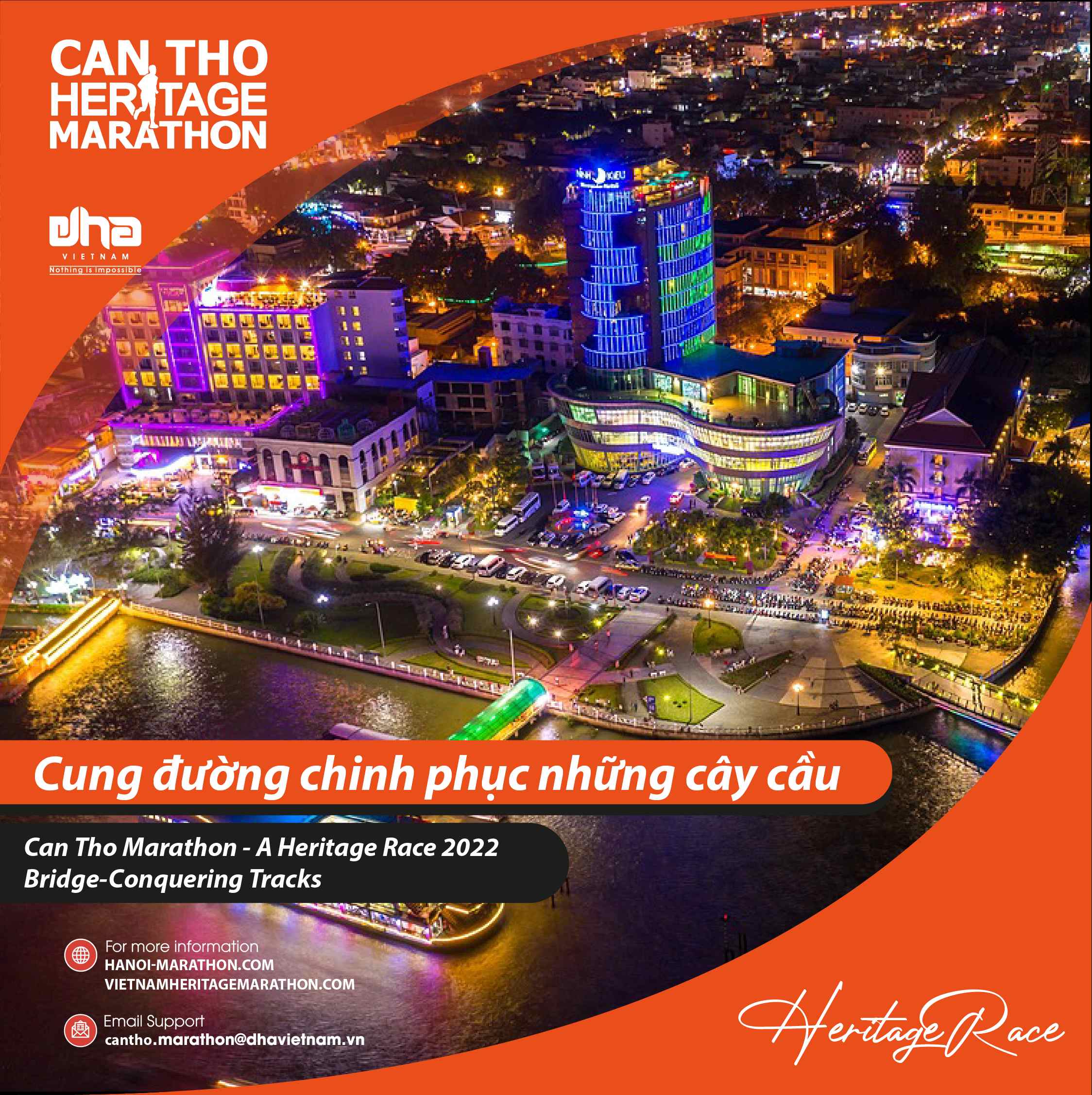Mekong Delta - Vietnam's Rice Bowl
Mekong Delta - Vietnam's Rice Bowl
The Mekong Delta is a large area of fertile land located at Vietnam’s southern region.
This region is also known in Vietnam as the Southwestern region, or ‘the West’.
The Mekong Delta includes Can Tho city - directly under the central government, located about 170 km southwest of Ho Chi Minh City - and 12 provinces: Long An, Dong Thap, An Giang, Kien Giang, Tien Giang, Vinh Long, Hau Giang, Ben Tre, Tra Vinh, Soc Trang, Bac Lieu and Ca Mau.

Natural conditions and agricultural production
The Mekong Delta's climate has two distinct seasons: the rainy season (from May to October) and the dry season (from November to April). This land is alluvial accretion from annual floods on the Mekong River, which is favorable for agricultural production. A rather special feature is that in the Mekong Delta, in addition to the natural river system, there are countless canals with a total length of about 5,000 km, transforming this area into a typical river environment. These canals are formed from nine tributaries of the Mekong River, also known in Vietnam as the Cuu Long River, bringing fresh water and silt to the entire region before emptying into the East Sea.
The Delta is rarely affected by storms and other extreme weather events. The weather is quite stable, the average temperature is from 25-28 degrees Celsius. Those natural conditions strongly and deeply influenced the culture of the region.
Thanks to the fertile alluvium, Mekong Delta farmers grow three rice crops a year, and provide nearly 60 percent of the country's rice production. Thanks to most of the country's best rice varieties grown here, the Mekong Delta's rice exports account for more than 90 percent of Vietnam’s annual rice shipments and the country is the world’s third-largest rice exporter after India and Thailand.
Characterized by its rich river basin, the Mekong Delta provides a large amount of seafood for export, with some well-known products in foreign markets such as pangasius, basa and shrimp. Aquaculture production of the region accounts for 70 percent of the national output.
Impact of climate change
The Mekong Delta, home to about 18 million people and currently just 0.8 meters above sea level, could sink into the sea by 2100 if groundwater and sand mining continue, Dr. Philip Minderhoud from Utrecht University (Netherlands) told Vietnam News Agency (VNA).
The rapid rate of subsidence makes saline intrusion, floods and coastal landslides more serious in this delta, Mr. Minderhoud was quoted by VNA as saying in an article published at the end of 2020.
For more information about Can Tho city and Mekong Delta provinces, please click here.








